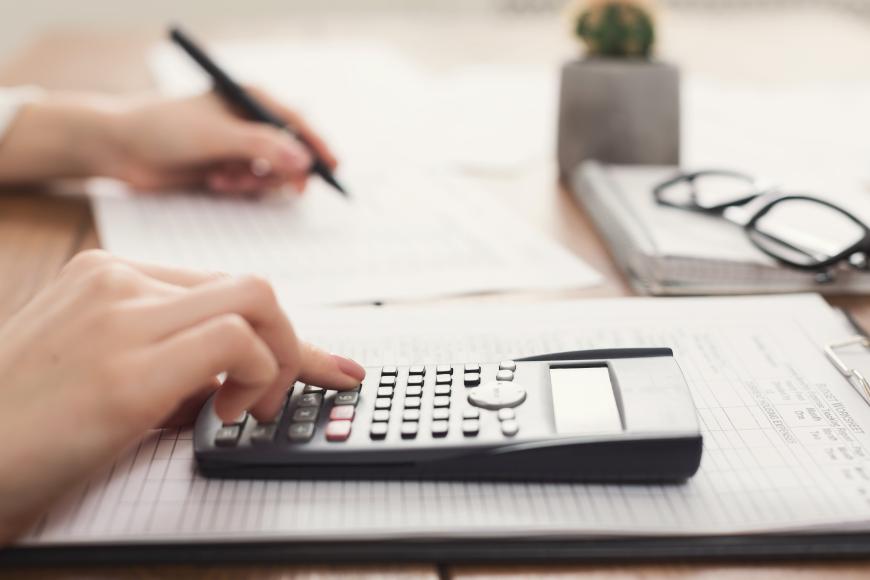
Four steps to take before federal student loan payments restart
Updated 9.11.23
It’s been more than three years since the federal CARES Act went into place, suspending all payments on federal student loans and all accrual of interest. This suspension was extended several times since the Act took effect.
After three years of pauses in loan payments and interest on those loans, interest started to accrue again on September 1, 2023, and payments will restart in October 2023. Borrowers will receive advanced notice on the specific date of their next payment.
Prepare yourself now for the day when payments restart. COVID-19 is still ever present and could create further complications in how one might effectively make payments moving forward. Here are a few steps you can take before student loan payments restart. You can read about additional tips here to prepare yourself.
Revisit Your Budget
If you have received ongoing income during this period, you might have gotten used to the freed-up cash that would normally go toward your student loan payments. Now is a good time to revisit your budget and get back into the habit of viewing it as a monthly payment. For example, you could put the amount you would normally pay towards your student loans into a savings account. If you don’t have a savings account or need to build up the balance, this is the perfect opportunity.
Address Your Default NOW
If your loans were in default due to nonpayment prior to March 2023, now is the time to fix it. Contact the Default Resolution Group at 800.621.3115, and ask them which agency is holding your defaulted student loans. Then call that agency and request the Fresh Start program.
Fresh Start is a free, one-time, temporary program that will provide you the support to get your student loans out of default quickly. Through Fresh Start:
- Your loans will be transferred to a loan servicer automatically.
- Your defaulted loans will be returned to “in repayment” status.
- The record of the default will be removed from your credit report.
- Access to federal student aid (loans and grants) is restored.
You will need to set up payments going forward with your new loan servicer. Learn more about Fresh Start here.
Apply for or Recertify Your Income-Driven Repayment Plan
During this period, borrowers are not required to recertify at the original year-end due date, but you will want to recertify before payments begin again. This is especially a good idea if you have experienced a layoff or furlough or have taken a pay cut during this period. Review the different types of income-driven repayment plans, including the new Saving on a Valuable Education (SAVE) plan. These are also great ways to avoid going into default, regardless of your situation, since income-driven repayments can be as low as $0.00.
Prior to applying for an income-driven repayment plan, you can get an estimate by using the Student Loan Repayment Estimator.
Ask Your Servicer to Extend the Pause on Your Student Loans
If you are currently working but are still unable to afford the monthly payments on an income-driven repayment plan due to your current financial situation, you might have the option of extending the pause on your student loans after payments resume. Call your servicer, and ask for either a deferment or a forbearance. Note: there are deferment and forbearance limits for most borrowers; therefore, it’s best to only use them when needed. While your payments will be suspended during this time period, beware that interest will continue to accrue. Federal Student Aid strongly recommends that you put money toward interest during your deferment period.
Learn about the different types of deferment programs as well as eligibility requirements and how to apply.
Bonus Tip: Public Service Loan Forgiveness
For those of you who are eligible for the Public Service Loan Forgiveness (PSLF) Program, here are some things to think about:
- If you are currently in the program and working on the necessary steps, you will still get credit toward your 120 payments.
- If you have not applied for the PSLF program, now would be great time to do so. Learn about the PSLF Eligibility Requirements to see if you qualify.
LSS Financial Counseling offers student loan counseling services and can assist you with understanding your repayment options, working payments into your budget and getting back into good standing if you’ve defaulted on a loan. Call 888.577.2227 to schedule a free, confidential phone or virtual appointment.

Author Ray McCoy is a certified financial counselor with LSS Financial Counseling.
